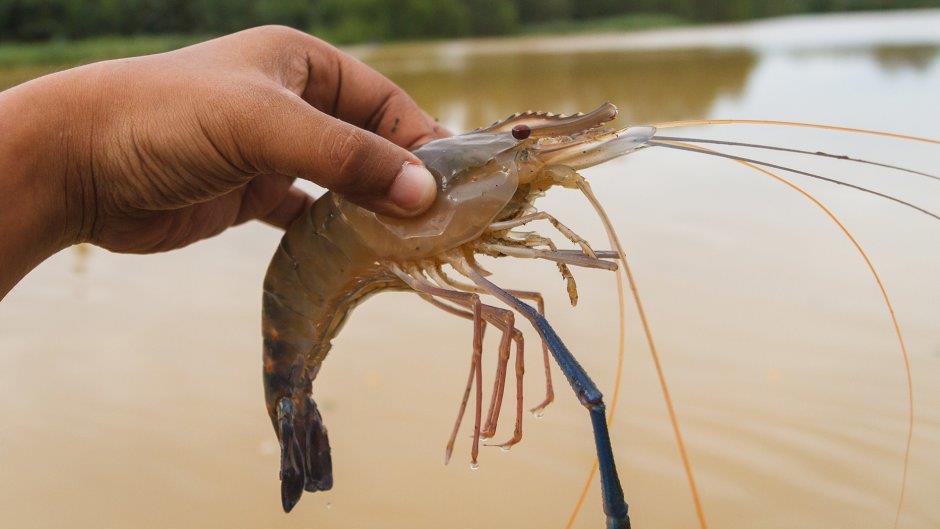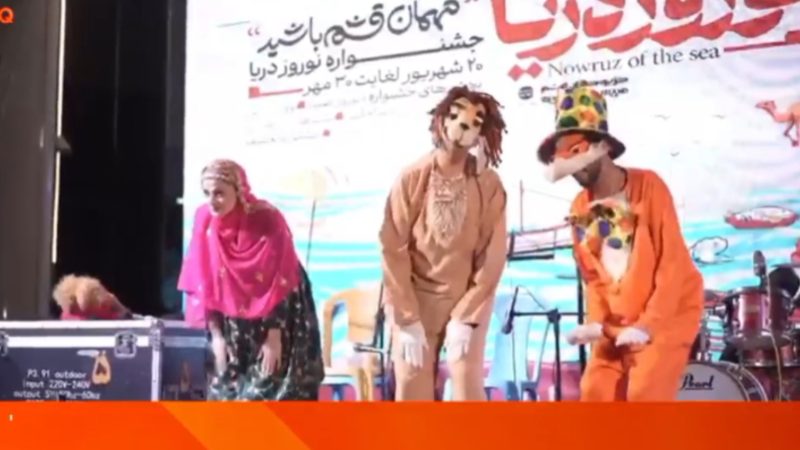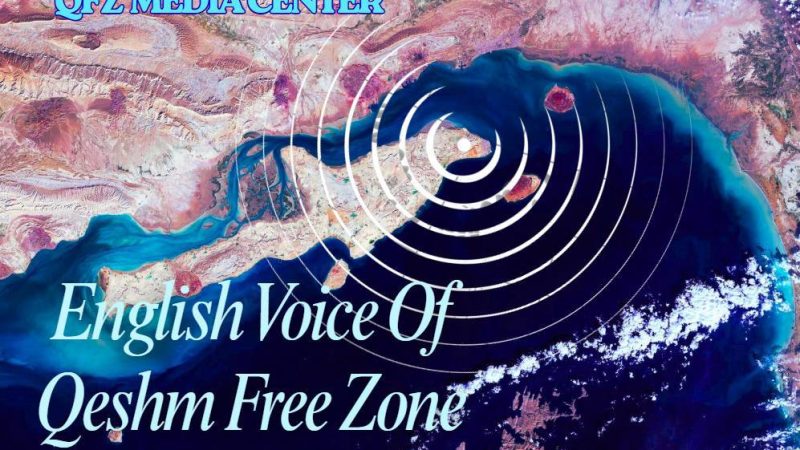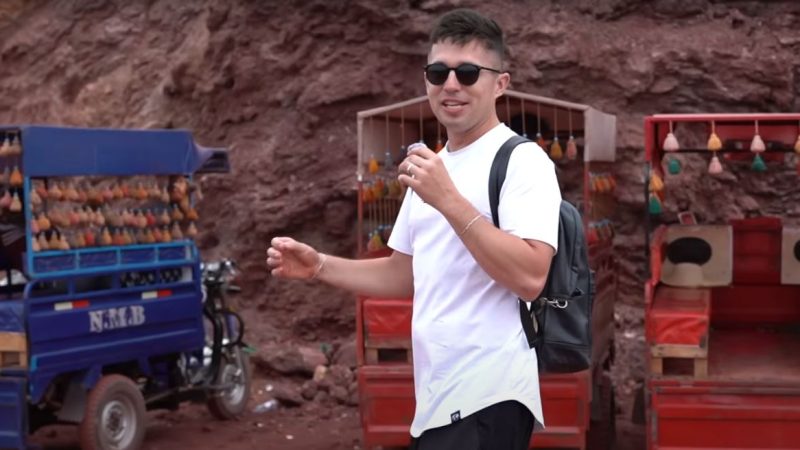The Art of Persian Gulf Fishing Communities on Qeshm

Nestled in the heart of the Persian Gulf, Qeshm Island is not only the largest island in Iran but also a hub of deep-rooted maritime traditions. Among its most fascinating cultural elements is the rich heritage of its fishing communities, whose lifestyles, skills, and crafts have been passed down for generations. From boat-making to traditional fishing techniques, the fishing culture of Qeshm Island reflects a unique harmony between people and sea — a relationship shaped by the natural resources of the Persian Gulf.
In this article, we dive into the art of the fishing communities on Qeshm, exploring their heritage, crafts, and role in the island’s cultural and economic life.
Qeshm Island: A Maritime Treasure in the Persian Gulf
Qeshm Island, located off the southern coast of Iran, is surrounded by the serene waters of the Persian Gulf. With its strategic position and diverse marine ecosystem, Qeshm has long been a center of fishing, trade, and boat craftsmanship. The island’s fishing villages offer a living portrait of coastal Persian Gulf culture, rooted in centuries-old practices.
Today, Qeshm is not only known for its natural wonders like the Hara Mangroves and Valley of Stars, but also for the artisanal fishing traditions that attract cultural tourists and researchers from around the world.
Traditional Fishing Techniques of Qeshm
The fishermen of Qeshm Island use a variety of traditional methods that are both sustainable and suited to the region’s marine conditions. Some of the most notable techniques include:
● Gargoor (Cage Fishing)
A classic technique involving metal cages lowered into the sea, designed to trap fish like hamour and snapper. It’s one of the most widely practiced fishing methods along the Persian Gulf coast.
● Net Fishing (Shabaki)
Fishing with handmade nets is a daily ritual in Qeshm. The nets are often woven by the fishermen’s families, especially women, making it a community craft passed from mother to daughter.
● Handline and Longline Fishing
In shallow and deep waters alike, fishermen rely on handmade lines and hooks — a practice that requires great skill and familiarity with fish behavior in the Persian Gulf.
The Art of Boat Building (Lenj-Making)
Qeshm’s fishing communities are also known for the ancient craft of Lenj-making — the traditional wooden boat that has become a cultural symbol of the Persian Gulf maritime world. These boats are not only used for fishing but also for transporting goods across the gulf.
Lenj boats are built using hardwood, nails, and pitch, and their construction is an art form. Although modern fiberglass boats are increasingly common, efforts are being made to preserve this intangible cultural heritage, especially in villages like Guran and Tabl.
Women in Qeshm’s Fishing Culture
While men often go to sea, women play a vital role in the fishing economy of Qeshm. From net weaving to processing and selling fish, their work sustains family livelihoods and preserves traditional knowledge.
In some villages, women also make sea salt, fish sauces, and dried fish — products that are sold in local markets and handicraft bazaars. These activities showcase the resilience and creativity of Qeshm’s coastal women.
Fishing and the Environment: A Delicate Balance
With its rich marine biodiversity, the Persian Gulf around Qeshm is home to numerous fish species, including kingfish, shrimp, and grouper. The traditional fishing practices are typically eco-friendly, emphasizing seasonal fishing and non-invasive methods.
However, environmental challenges like overfishing, pollution, and climate change are increasingly impacting local fishermen. To address this, local NGOs and environmental groups in Qeshm are working with fishing communities to promote sustainable practices and marine conservation.
Cultural Tourism and Local Markets
The growth of eco-tourism and cultural tourism in Qeshm Island has created new opportunities for fishing communities. Tourists can:
Visit fishing villages like Laft and Souza
Take boat tours with local fishermen
Buy handcrafted fishing tools, dried fish, and spices
Learn about traditional methods of fish preservation
These activities not only support the local economy but also help protect Qeshm’s unique coastal heritage.
The fishing communities of Qeshm Island represent a vibrant blend of tradition, skill, and harmony with the sea. In the waters of the Persian Gulf, these communities have carved out a way of life that is both sustainable and culturally rich.
As Qeshm continues to attract attention for its natural beauty and cultural depth, it is crucial to support and preserve the fishing heritage that defines the island’s identity. Whether you’re a traveler, researcher, or cultural enthusiast, exploring the art of fishing in Qeshm offers an unforgettable journey into one of Iran’s most authentic maritime traditions.



















بدون Comment